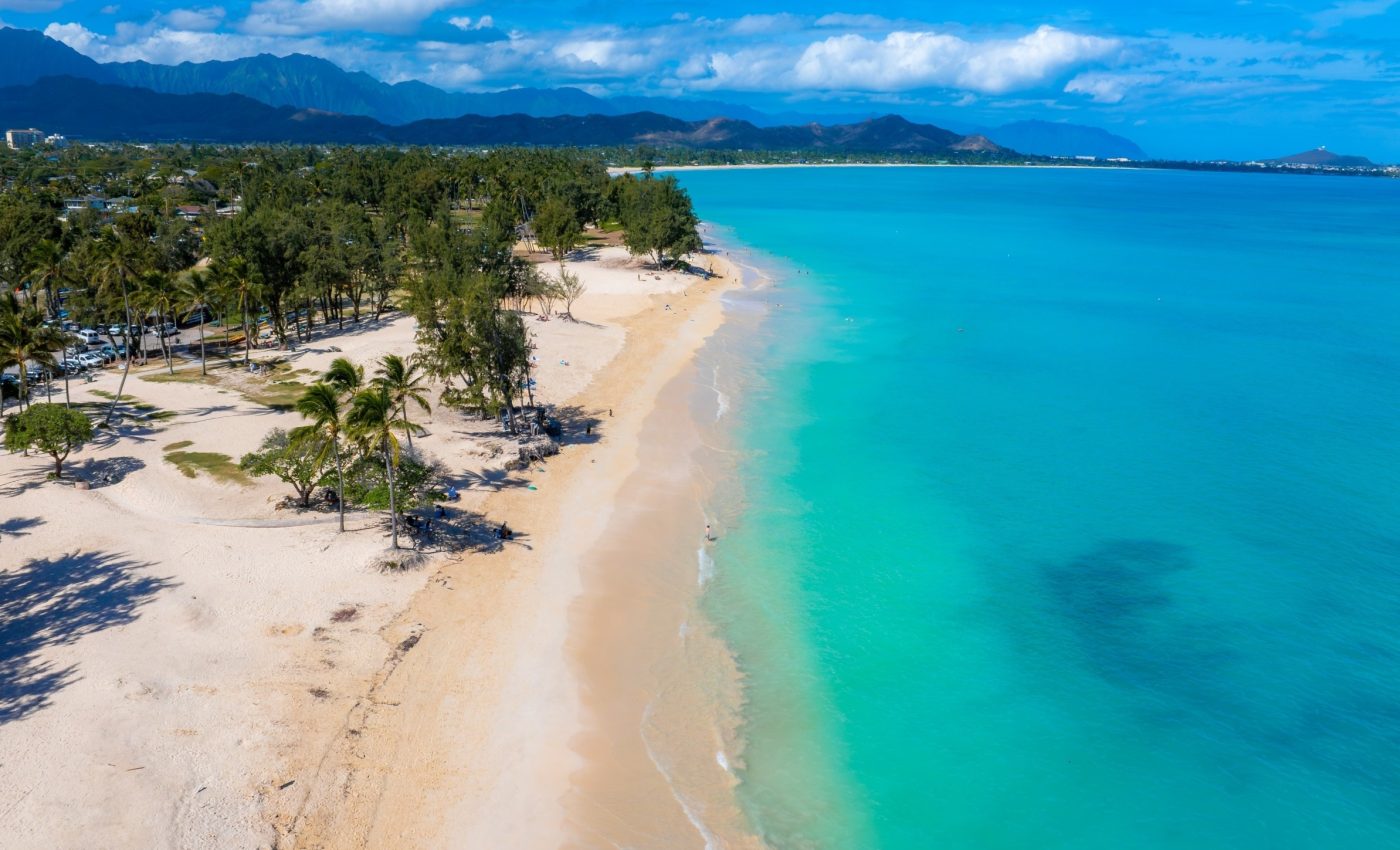
Unexpected discovery reveals how microbes travel from land to sea
Scientists in Hawaii have named a new bacterium species from seawater off Oahu. The find hints at a hidden route that moves land microbes into the sea.
The new bacterial species, Caulobacter inopinatus, surfaced during a teaching lab at the University of Hawaii at Manoa. One strange colony on a Petri dish opened a door to an unexpected connection.
Surprising new bacterium discovery
Most known members of the genus Caulobacter – a group of stick forming bacteria – live in freshwater or soil, not open ocean waters. This is why the discovery of a Caulobacter species in seawater caught so much attention.
Lead researcher Stuart P. Donachie from the University of Hawaii at Manoa School of Life Sciences (UHMSLS) guided the taxonomy work and naming. His team compared the newcomer’s DNA and traits to those of close relatives to confirm its distinct status.
The species name means “unexpected” in Latin. That choice fits the habitat surprise and the serendipity of its start in a classroom.
A single colony changed what scientists thought about where this lineage shows up. A nearshore sample contained something that is usually found in land-linked waters.
Hidden link from land to sea
Along many coasts, fresh groundwater flows out below the shoreline. A U.S. Geological Survey overview calls this submarine groundwater discharge (SGD), and it involves freshwater seeping from land to sea underground.
Hawaii’s coasts often sit atop porous rock that channels this unseen flow. A long-term USGS field report measured nearshore SGD plumes that stretch hundreds to thousands of feet offshore and carry millions of gallons of brackish water.
That kind of constant leak can shuttle tiny passengers. When fresh water meets the sea, its cargo of cells, nutrients, and contaminants can ride along and mix with nearshore currents.
The new species helps make that story concrete. Its presence in seawater near Oahu aligns with a land-to-sea shortcut that SGD creates.
New bacterium built for hitchhiking
Caulobacter cells switch between a swimming stage and an attached stage to make the most of surfaces. A classic microbiology review details how the life cycle alternates between a motile swarmer and a stalked, surface-bound cell.
In motion, the cell uses a single flagellum, a whip-like propeller – for swimming. When it settles, a thin stalk and sticky tip help the cell cling to rocks, sand grains, and other surfaces.
Those same features could help a land microbe latch onto particles moving with SGD. Once the flow reaches the coast, the microbe can release and drift in the nearshore waters.
Genetic tools sorted where the new bacterium fits on the family tree. Scientists rely on the 16S rRNA gene – a DNA marker used to identify bacteria – to compare close neighbors and spot new branches.
New species confirmed
The lab work did more than give a name. The team documented the new bacterium’s basic biology in careful measurements and tests.
The authors analyzed temperature tolerance and DNA composition. Their paper reports that the new bacterium grows successfully between about 43 and 102oF, and it carries a 67.6 percent G+C content (the share of DNA bases that are G or C).
These numbers help define how the organism lives. A high G+C content can shape genome stability and gene regulation.
Samples and records also lock in a permanent reference for future work. The type strain – the reference specimen that defines a species – is archived so other labs can test and verify.
Impact on reefs and people
The path from land to sea carries more than water. SGD can alter nearshore chemistry and set the stage for algal growth, coral stress, and shifts in fish habitat.
“Understanding how microbes move between land and sea helps scientists track the flow of nutrients and contaminants that can affect coastal water quality, fisheries and coral reef health,” said Donachie. The statement emphasizes why tracking tiny travelers matters to communities.
When fresh groundwater meets salt water, reactions can free up or lock away nutrients. That mix can tip local nutrient cycling, the movement of nitrogen and phosphorus through food webs, toward blooms or clearer water.
SGD is not rare along high island coasts. In Hawaii, its plumes can linger near beaches and reefs that support fishing and tourism.
Future research directions
Scientists can pair microbial sampling with thermal cameras, seep meters, and tracers to map SGD hot spots. Repeated sampling after rain or high tide can reveal how pulses change what flows offshore.
Next generation metagenomics – DNA sequencing of mixed microbes without culturing – can track whether land bacteria spike when SGD strengthens. That approach can link real-time groundwater changes to shifts in nearshore microbiology.
Simple gear helps too. Low cost sensors for temperature and conductivity can flag freshening events that point to SGD bursts.
Each data stream adds a piece to the puzzle. Together they show how land use, aquifers, and coastlines stitch microbes into the story of reefs.
The study is published in the International Journal of Systematic and Evolutionary Microbiology.
—–
Like what you read? Subscribe to our newsletter for engaging articles, exclusive content, and the latest updates.
Check us out on EarthSnap, a free app brought to you by Eric Ralls and Earth.com.
—–













